In the vibrant tapestry of contemporary African art, female artists are not just making their mark; they are redefining the very essence of artistic expression. Through their creative mediums, these artists challenge deep-rooted norms and craft new narratives from their unique perspectives that celebrate the richness of African identity and experience.
By weaving personal and collective stories into their work, they invite audiences to engage in critical conversations about identity, culture, and resilience. As we gain insight into these 5 groundbreaking female artists, we’ll uncover how they utilize their distinct voice to push boundaries and provoke thought.
1. Julie Mehretu
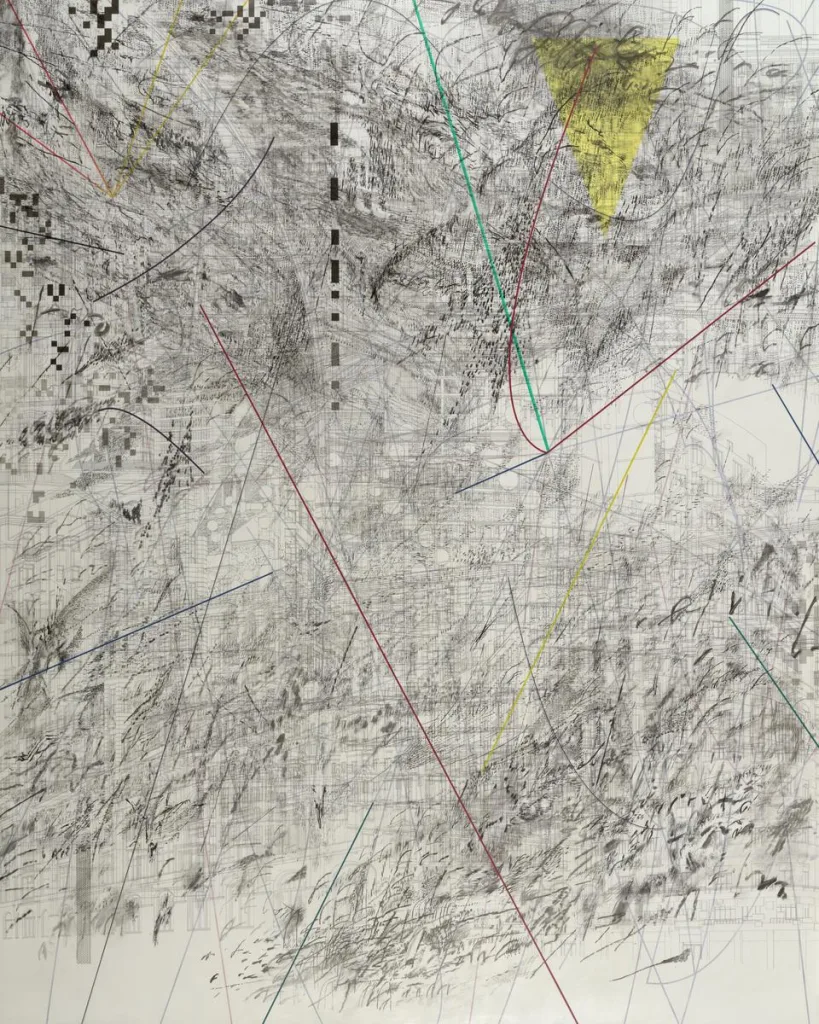

“Black Ground (Deep Light)” by Julie Mehretu (Image Courtesy of Sotheby’s).
Born in Addis Ababa, Ethiopia, she redefines spatial relationships through large-scale paintings and drawings that combine architectural renderings, abstract geometric shapes, and gestural marks. Mehretu weaves socio-political narratives into her compositions, addressing themes of migration, globalization, and social upheaval. Her piece, Mogamma (A Painting in Four Parts), reflects the Arab Spring and the architecture of Tahrir Square in Cairo. Inspired by Kandinsky’s The Great Utopia, her work, Black Ground (Deep Light), sold for $5.6 million at Sotheby’s Hong Kong in 2019, making it one of the most expensive pieces by an African contemporary artist.
Her innovative techniques have earned her numerous accolades, including a MacArthur “Genius” Grant in 2005, and her work has been showcased in prestigious institutions worldwide, such as the Los Angeles County Museum of Art and the Whitney Museum of American Art. Through her art, Mehretu invites viewers to rethink perceptions of space, time, and social structures, creating visual experiences that serve as intellectual and emotional journeys while challenging the conventions of abstract art.
2. Joana Choumali
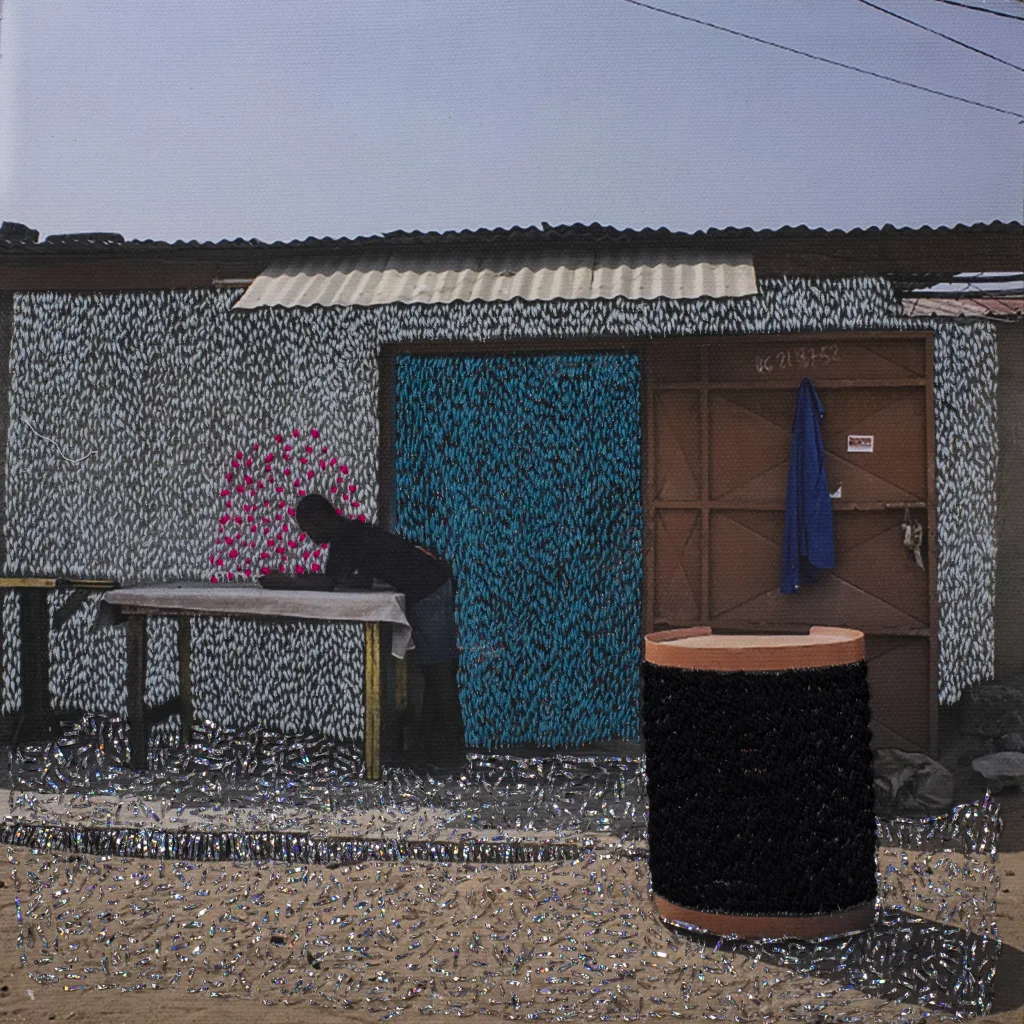

Joana Choumali, an Ivorian artist, has gained acclaim for her distinctive approach to photography and mixed media. Trained initially as a graphic designer, Choumali’s work explores themes of identity, memory, and the African experience, incorporating elements of embroidery. Her notable series Ça va aller (It will be ok) earned her the Prix Pictet in 2019. Created in response to the 2016 terrorist attack in Grand-Bassam, Côte d’Ivoire, this series features photographs of desolate streets overlaid with delicate embroidery, transforming them into vibrant narratives of healing and hope.
Choumali’s innovative technique merges digital photography with traditional craft, blurring the lines between the two mediums. Her work disrupts conventional art forms, adding a tactile dimension that invites viewers to reflect on fragility and resilience. Additionally, Choumali is represented by Gallery 1957 in Accra, Ghana and Loft Art Gallery in Casablanca, Morocco.
By intertwining personal and universal themes, Choumali offers a fresh perspective on African experiences and global issues of trauma and recovery. Her approach not only challenges artistic norms but also redefines storytelling in contemporary African art, solidifying her role as a powerful force in the art world.
3. Peju Alatise
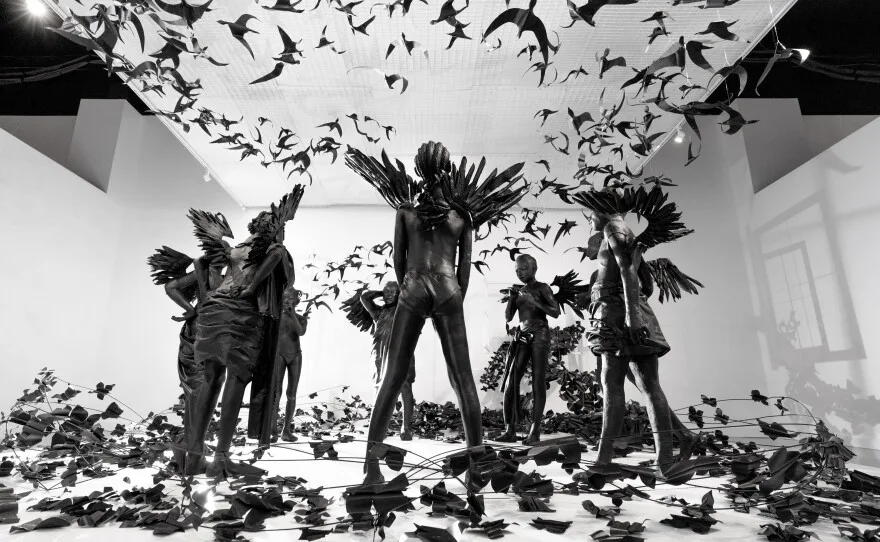
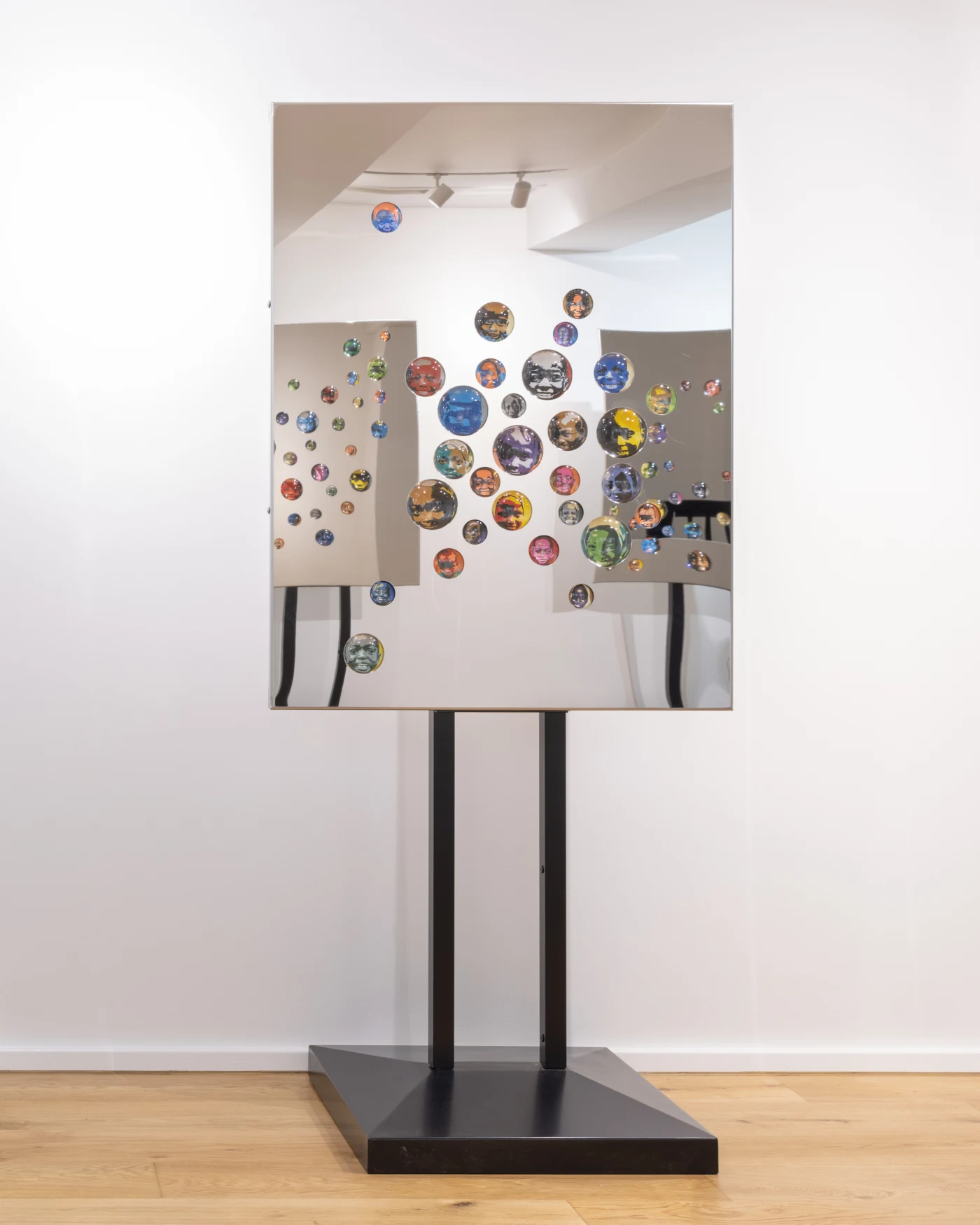
Nigerian-born Peju Alatise is a formidable multidisciplinary artist whose work challenges societal norms and celebrates the strength of African women. Her talents span sculpture, painting, fiction writing, and architectural design, creating immersive narratives that resonate globally. Alatise’s sculptures, often larger than life, are known for their intricate details and powerful symbolism. Her Flying Girls installation, showcased at the 57th Venice Biennale, features eight life-sized sculptures of girls with wings, exploring themes of child labor and the quest for freedom, highlighting her dedication to addressing urgent social issues through art.
She also had a solo exhibition at the Rele Gallery’s launch in London, titled We Came With The Last Rain. This project provides insight into a broader collection centered on the narrative of Sim, a young girl navigating the hardships of modern-day Lagos while working as a rented servant. Alatise’s influence extends beyond her individual works. In 2017, she received the prestigious FNB Art Prize in Johannesburg for her contributions to contemporary African art. She founded the Alter-Native Artists Initiative (ANAI), a non-profit organization focused on creative education and mentorship.
Additionally, she is a fellow at the Smithsonian’s National Museum of African Art, which has also collected her work. Peju Alatise challenges viewers to confront difficult realities while celebrating the resilience and beauty of African culture.
4. Ghada Amer
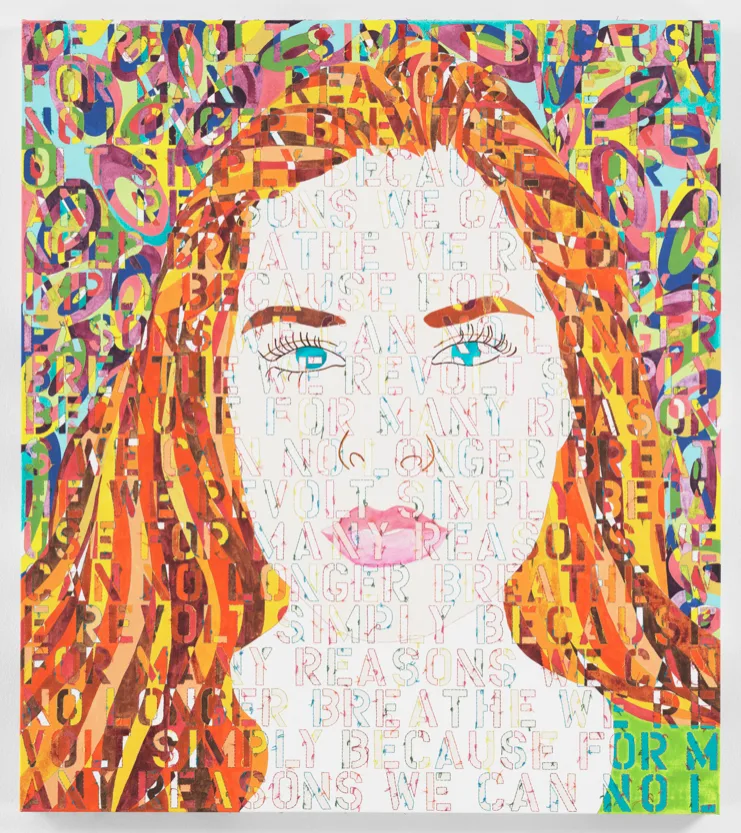
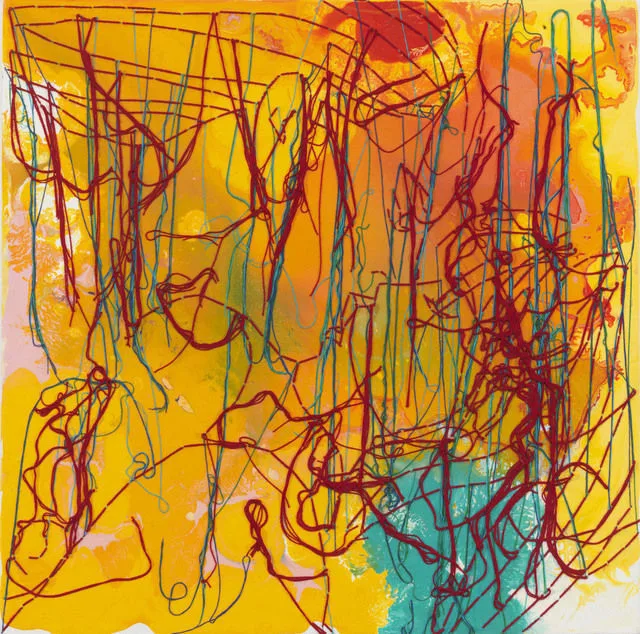
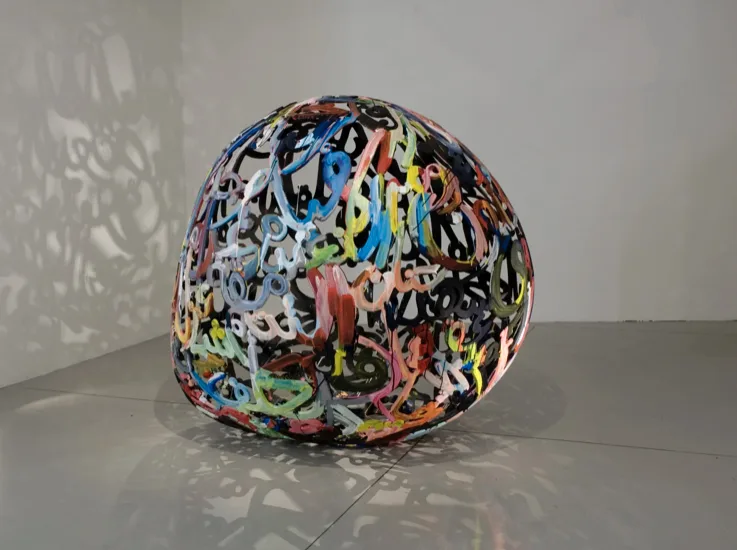
Ghada Amer’s artistic style combines a traditionally feminine craft with compelling, often erotic imagery. Born in Cairo in 1963, she studied at the Villa Arson in Nice, where a misogynistic teacher denied her access to a painting class, claiming it was only for male students. This experience drove Amer to challenge patriarchal expectations for female artists. She found her voice by representing the female body as a symbol of power. Her work transcends cultural boundaries, addressing themes of sexuality, feminism, and identity with unflinching honesty.
By using embroidery—a craft associated with “women’s work”—to depict powerful concepts around sexuality and women’s bodies, she confronts the male gaze and reclaims female sexuality. Her 2021 exhibition, The Women I Know Part II, marks an artistic evolution, combining embroidered figures with bold acrylic brushstrokes. This piece celebrates female friendships and solidarity, depicting women in non-sexualized, everyday poses.
Similarly, her 100 Words of Love, a lace-like bulbous sculpture of intertwined Arabic words, explores themes of gender roles, cultural perceptions, and the tension between her Middle Eastern roots and life in modern-day America. Amer’s practice extends beyond painting to include sculpture, installation, and garden projects. Her work is exhibited in major institutions like the Brooklyn Museum, Mathaf: Arab Museum of Modern Art, Doha; and the Marianne Boesky Gallery. Ghada Amer continues to disrupt the art world, solidifying her place as a vital figure in contemporary art.
5. Billie Zangewa
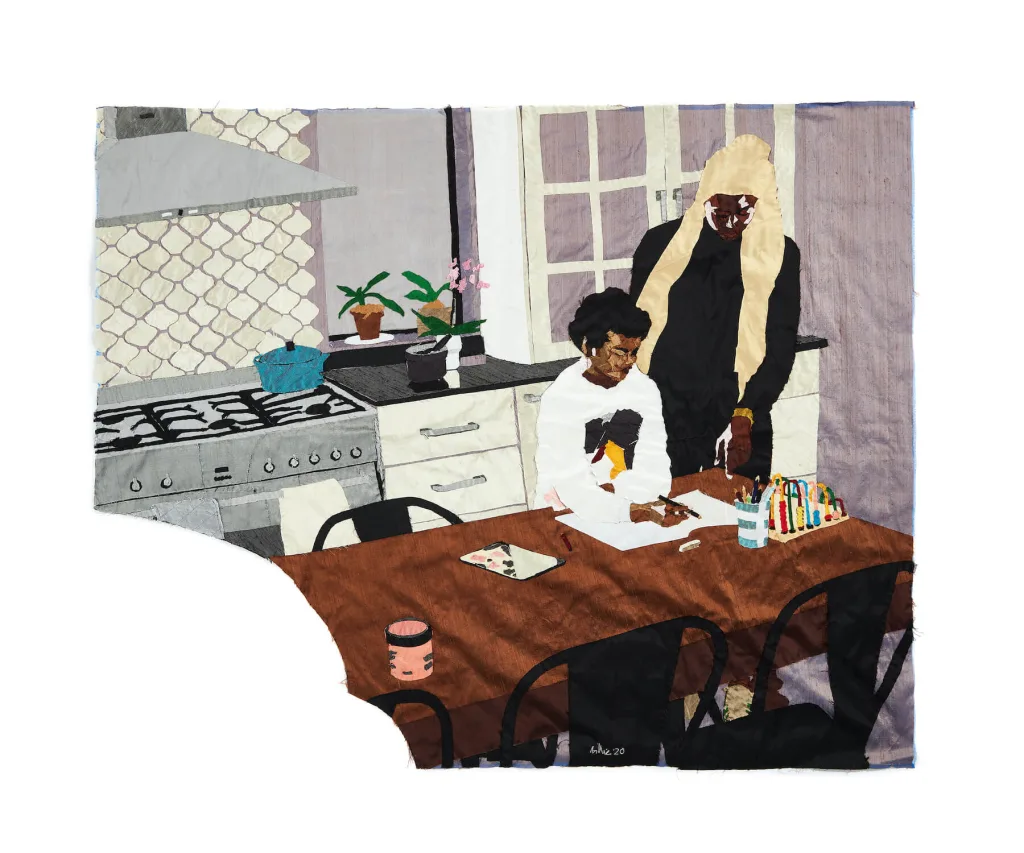
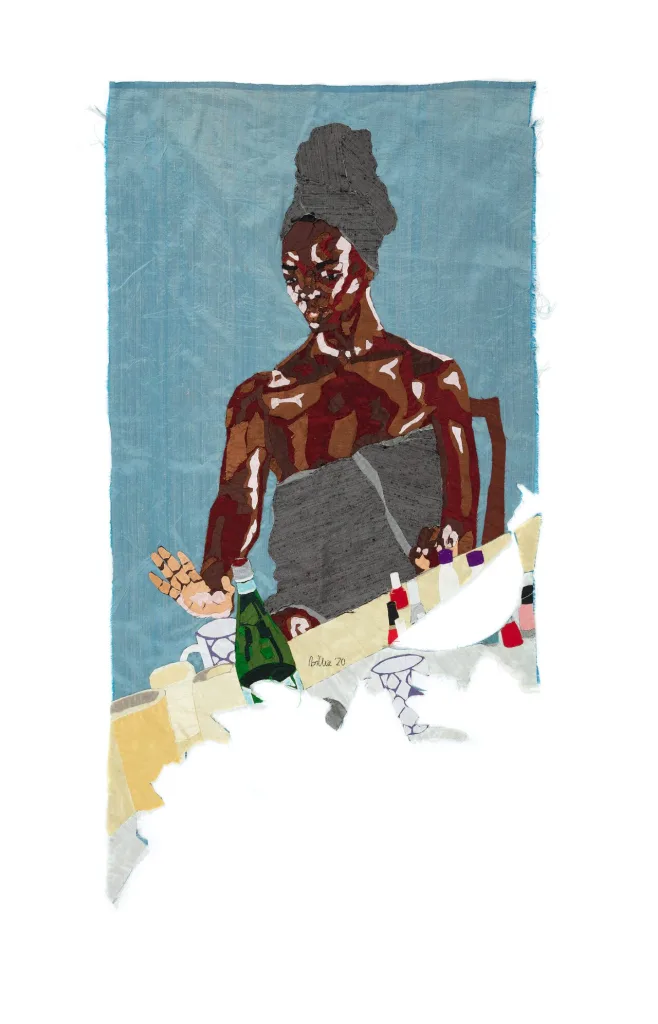
Billie Zangewa, a Malawian-born artist based in South Africa, is internationally acclaimed for her silk tapestries that challenge conventional narratives of femininity and identity. Starting in fashion and advertising, Billie Zangewa moved from embroidering botanical scenes to creating cityscapes and domestic interiors that reflect her life in Johannesburg. With the birth of her son, her work shifted to explore the transition from self-examination and femininity to motherhood and the home. Through scenes of everyday life, Zangewa highlights the often overlooked and undervalued labour of women, which she calls “daily feminism”—a modern take on “the personal is political.” Her work delves into gendered labour, identity construction, and the challenges of gender stereotypes and racial prejudice.
One of her renowned tapestries, Heart of the Home, portrays a child at the kitchen table doing homework while their mother looks on. Another is Self Care Sunday, which offers a refreshing portrayal of domesticity by depicting a Black woman engaging in self-care. Exhibited in prominent galleries like Tate Modern and the Lehmann Maupin, Zangewa’s art offers a profound exploration of femininity, motherhood, identity, resilience, and self-love, through her powerful narratives.


